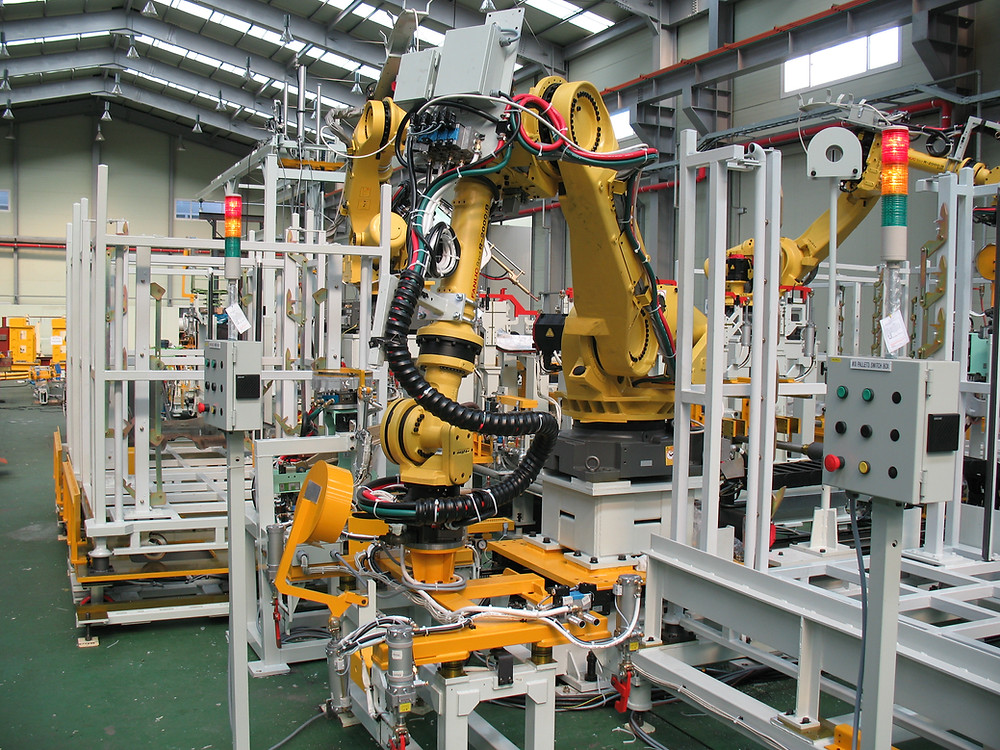We acknowledge how most of the manufacturers and factories are dealing with most of the workload using the technologies innovation nowadays such as robots and machines. This in a way is helping the industry itself to actually cope with the productivity of the production line with very little costs and energy consuming. I would just assume that you are actually interested in how the factory automation system works since you have stumbled upon this article.
Since we are rarely exposed to the factory automation system, it is best if you spend some time actually reading to get to know all of the essential things about the factory automation system.
Essential Things You Have To Know About Factory Automation System

What does factory automation mean?
Factory automation is the technology usage and systems to automate a production process in order to increase productivity and reduce costs. The amount of automation can range from single-operation automation to end-to-end automation with no human intervention. Factory automation may be used at every stage of the manufacturing process, from material quantities management to production and assembly, and finally would be the packing and shipping process.
How many types of factory automation are there?
Basically, there are four types of factory automation that are used by most of the factories especially in Malaysia. Somehow the types of the factory automation used will be depending on the processes, costs, and the rest of criteria. Which consists of:
- The manual/minimal automation:
This will require all of the human labour, but there will be some automation. This may be evident in the process’s training, expertise, and human judgement.
- The single automated machines.
This type of machine is designed for a single and repetitive use in a specific procedure. This entails a few operations, including inspection and packing cutting.
- The automated production lines.
Material transport on a conveyor system is often combined with a number of specialised workstations, each geared to fulfil a specific proposal in the manufacturing cycle. The sequence is completely specified, and the extent of human engagement is determined by the level of automation. Operators are only needed in a fully automated line for supervising, monitoring, adjusting, and maintaining the equipment.
- The fully automated (end-to-end)
The ultimate answer is an end-to-end automated factory that has no employees and can operate 24 hours a day, 365 days a year. These factories may even feature self-adjustment and product quality measurement.
The benefits and advantages of the factory automation
It is undeniable that manpower would always be the best working source, but factory automation would be the best way to enhance more of the manufacturers’ productions. There are a few of benefits of factory automation that we could see, which are:
- There will be an improvement in quality.
- There will be an improvement in consistency.
- Get to reduce more waste.
- Can work in a safer environment and place.
- Could save a lot of costs.
It indeed has a lot of benefits with the factory automation systems to ensure everything in the manufacturing can be run smoothly.

